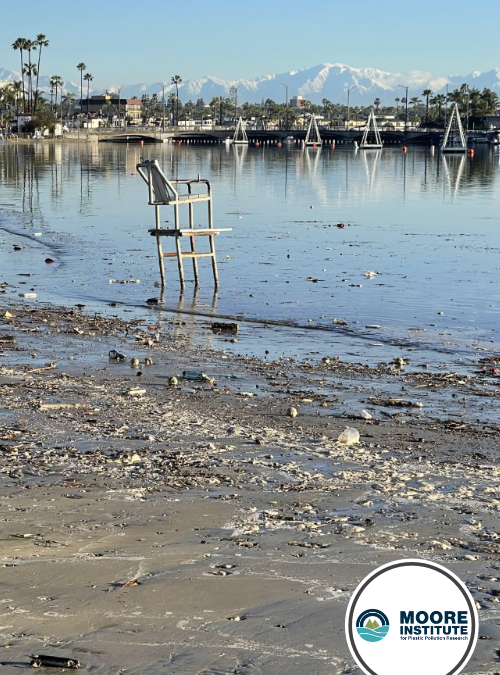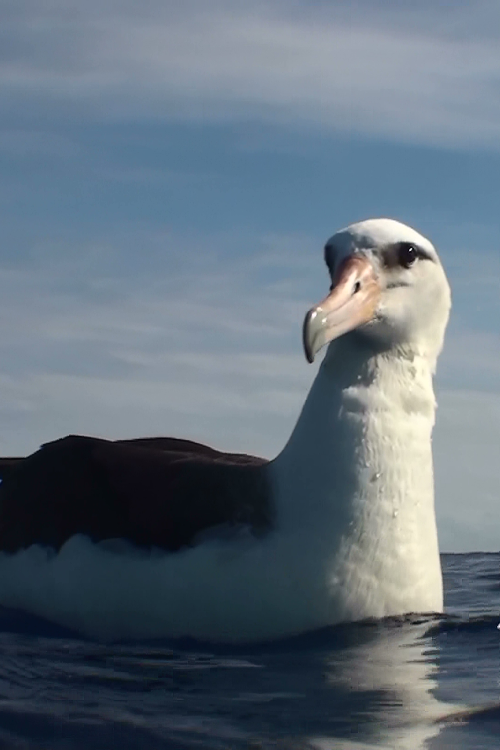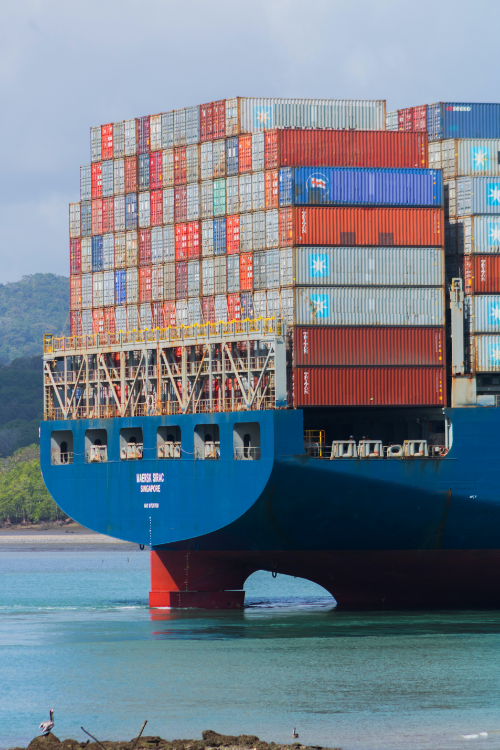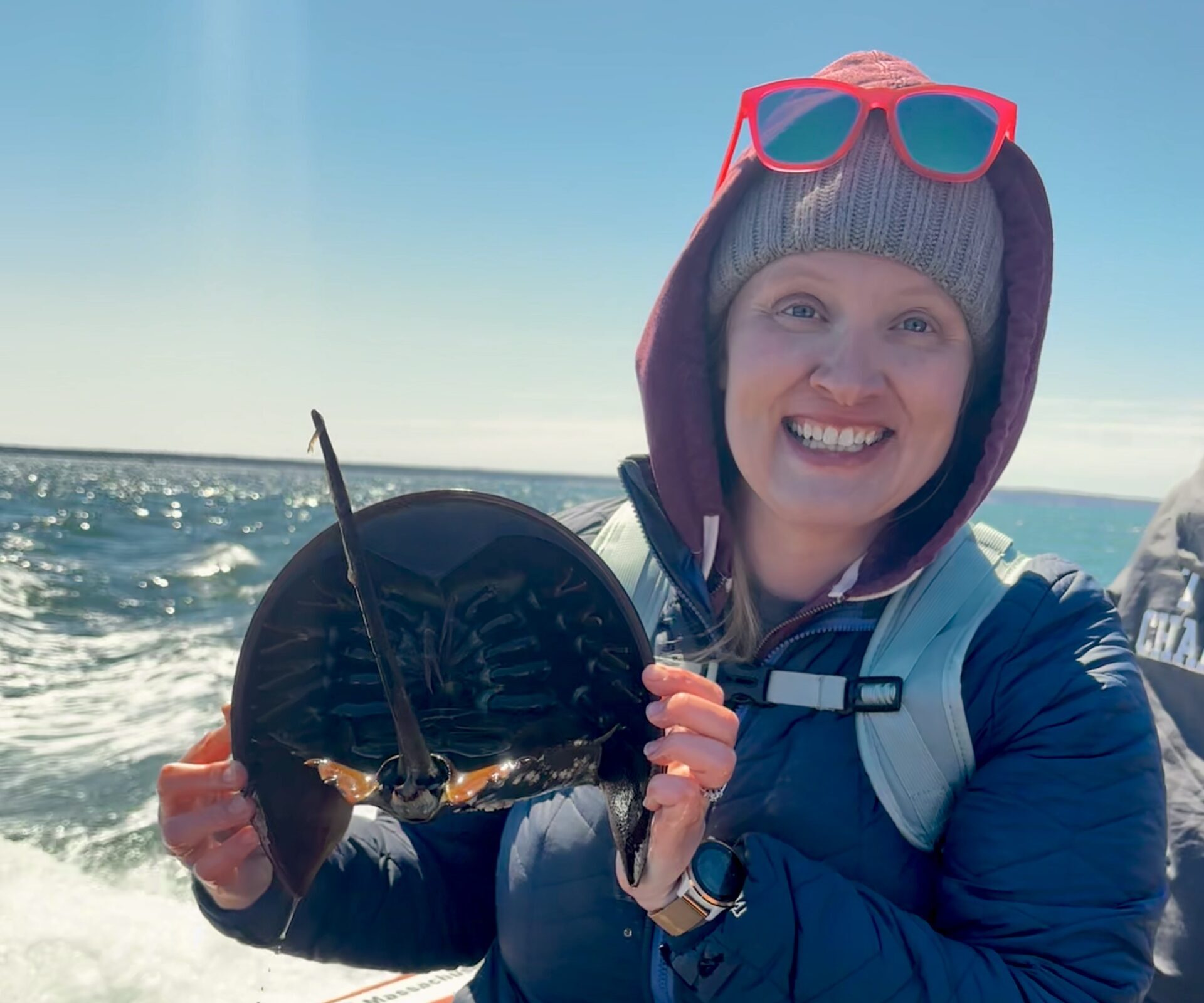
Lesson
Due to technical difficulties, our Trash Cam is currently not available. Please check back soon.
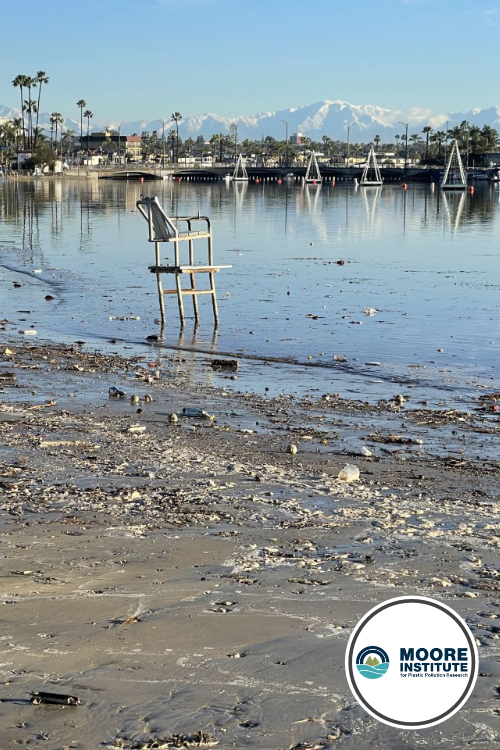
Photo credit: Melissa Almquist
Monitor plastic pollution in Alamitos Bay and find out how environmental conditions influence the flow of plastic through the environment.
Grades 4 and up
Time Needed 30 to 60 minutes
Format Suitable for group or individual learning
Editable Handouts
– Trash Cam LIVE – Science Notebook – Google Doc
Purpose and Context
Why monitor trash floating through a bay? Bays, wetlands, and other coastal habitats are critical for the health of marine ecosystems. Many species use protected coastal areas as places for their young to grow up. By helping us monitor trash in Alamitos Bay we can better understand how plastic pollution might be impacting this ecosystem, and how to protect it.
Instructions
Prepare Before class, print copies of the Trash Cam LIVE – Science Notebook – Google Doc or upload it to your LMS.
In class Students observe the Trash Cam LIVE for a total of 10 minutes. Ask them to also read through the information about the Trash Cam for more information about where it is installed, the environment surrounding it, and additional resources to help understand and interpret the findings. Students can record their observations in the Science Notebook, including the environmental factors and their tally of how many pieces of plastic they can identify during those 10 minutes.
Discussion Ideas
- Where is the trash coming from? What does the kind of trash indicate about where it may have originated from?
- How might the trash be impacting the ecosystem?
- Why would the amount of trash shown in the live cam be variable? What factors influence how much trash there is?
- Was it easy or difficult to identify items?
- Did you see any wildlife?
Tips and Suggestions
- Suggested learning format: Students work in small groups to monitor for ten minutes. Have each group pick a notetaker.
Associated Standards
NGSS
MS-PS 1-3 Gather and make sense of info to describe that synthetic materials come from natural resources and impact society.
AP Environmental Science
8.4 Human Impacts on Wetlands and Mangroves
8.1 Sources of pollution (point vs. Non-point sources)
Did you use this lesson?
Help us track our reach

This Lesson was created in collaboration with Moore Institute for Plastic Pollution Research.
Related Resources
Lesson: The Problem with Plastics
Brainstorm and discuss the benefits and consequences of plastic.
Grades 4 and up
30 minutes
Lesson: Sources and Sinks
How does plastic get into and impact ecosystems?
Grades 4 and up
30 to 60 minutes
Explore more
Plastic Pollution Basics
A quick crash course on plastic pollution and what we can do about it!
Learn more
Take a Swim in the Plastic Soup
Take a virtual swim through a plastic pollution accumulation area in the North Pacific Ocean.
Learn more

